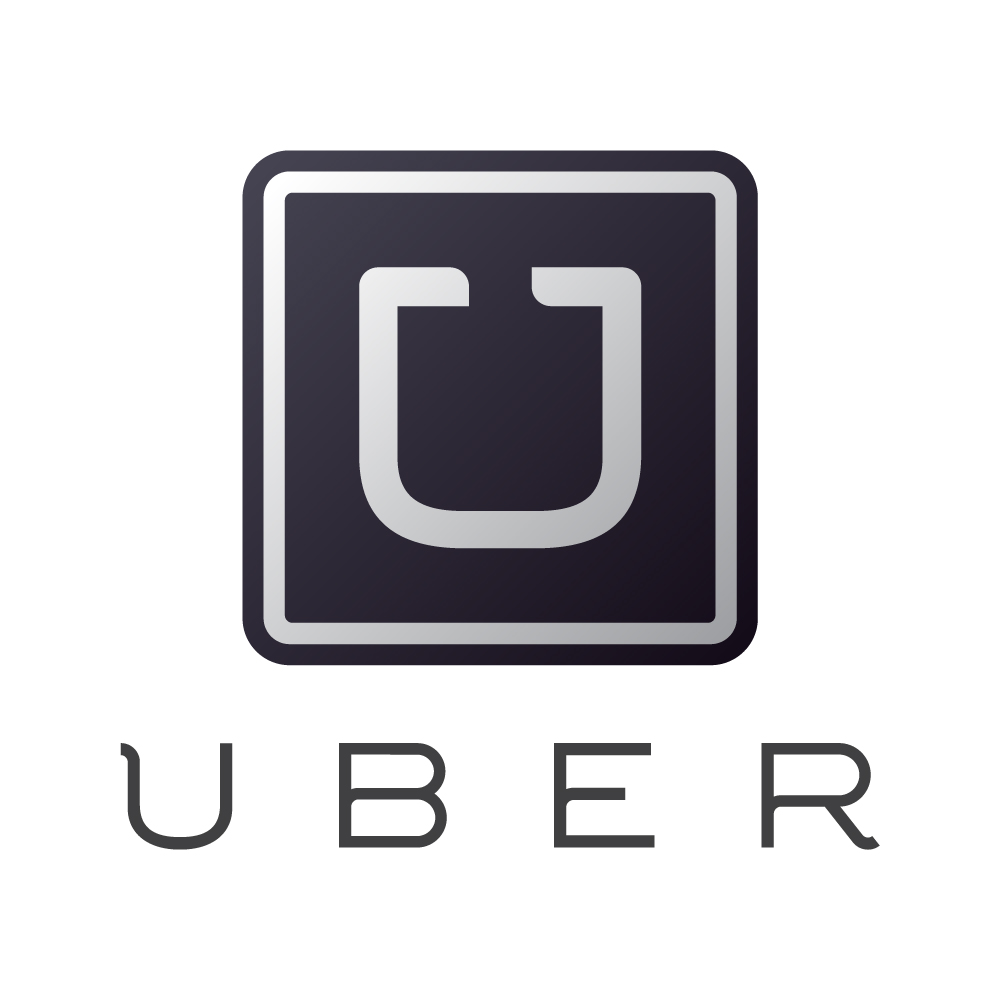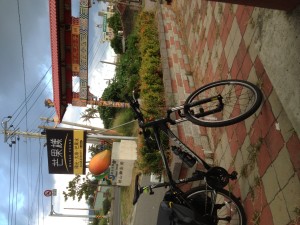
Malware affects millions of people every day, and with so many individuals on the internet, anyone can become a victim of malware at any moment. Today I’d like to inform individuals about the dangers of malware and its presence in society, as well as ways to prevent and eliminate it. Malware is short for malicious software, meaning software that can be used to compromise computer functions, steal data, bypass access controls, or otherwise cause harm to the host computer. Since the very beginning of personal computers, malware has affected users. In its early days, malware was primarily viruses, but nowadays it has evolved into newer and sophisticated programs and software that can be used to steal an individual’s information without them even knowing. Many of the early forms of malware were simply used as a means to prank individuals, like displaying graffiti on their homescreens or on popular websites. For example, the “Creeper System” which originally was developed for ARPANET, displayed “I am the creeper, catch me if you can” on the screens of those affected. However, hackers have realized that they can use malware for more devious purposes than just corrupt a website’s home screen. Such was the case for Yahoo in late July 2015 when hackers used Flash to infect Yahoo’s websites and lure in unexpected users through false advertisements. The individuals affected were unable to access their computers unless they paid a ransom to the hackers. Worse yet was the Target data breach in 2013, where hackers stole 40 million credit card numbers from Target customers. Malware attacks are increasing every year, and they are showing no signs of slowing down. According to the Kaspersky Security Bulletin, a total of 6,167,233,068 threats were detected and neutralized in 2014 alone. As you can see, malware has become a major threat for not only individuals who do not have the knowledge to properly protect themselves, but also major companies who risk losing valuable data and intellectual property.
Most Common Types of Malware
Viruses
Inserts itself into a program without knowledge of the user
Severity ranges from minor annoyances to damage of data and software
Can lie dormant until activated by the user through its host program
Spread when software is shared from one computer to anothera
Worms
1. Similar to viruses, in that, they duplicate themselves and cause similar damage
2. Do not require a host program to be activated
3. Can exploit a weakness in a security system or trick the user into executing the malicious program
4. Enters a system through a vulnerability and makes use of file or info transport features to travel without the help of a host program
Trojan Horses (“Trojans”)Looks like a legitimate file, tricking the user into installing the file onto their computer
1. Once executed, countless types of attacks can me made, ranging from pop-up ads to damaging files and activating other types of malware
2. Create back doors to allow outside access to the system
3. Do not self-replicate; Must be spread through user interaction (downloading files and opening attachments)
Bots
1. Can be used for beneficial or malicious intent
2. Designed to infect a host and report back to a command server/servers (botnet), where the bot can be controlled
3. Through a botnet, attackers can initiate flooding attacks on the target
4. Attacks such as keylogging, phishing, and DoS (Denial of Service) as well as opening back doors for attackers
5. Act similar to worms, but can be more versatile
6. More difficult to notice than worms and viruses
Sources
Howe, Jared. “How Hackers Used Malware to Steal 40 Million Credit Card Numbers from
Target.” Private WiFi. N.p., 20 Dec. 2013. Web.
Lord, Nate. “Common Malware Types: Cybersecurity 101.” Veracode. Veracode, 12 Oct. 2012.
Web.
Phelps, Justin. “How to Avoid Malware.” PCWorld. PCWorld, 16 Nov. 2010. Web.
“Rampant Technology.” What Is the Purpose of Malware? N.p., n.d. Web.
“Security and Risk Analysis (SRA) | College of Information Sciences and Technology.” College
of Information Sciences and Technology. N.p., 15 June 2015. Web.
Smith, Chris. “Hackers Exploit Flash in One of the Largest Malware Attacks in Recent History.”
Fox News. FOX News Network, 04 Aug. 2015. Web.
“What Is the Difference: Viruses, Worms, Trojans, and Bots?” Cisco. N.p., n.d. Web. 17 Nov.
2015.
http://New malware found hidden inside Dropbox account | ITProPortal.com http://www.itproportal.com/2015/12/03/new-malware-found-hidden-inside-dropbox-account/








